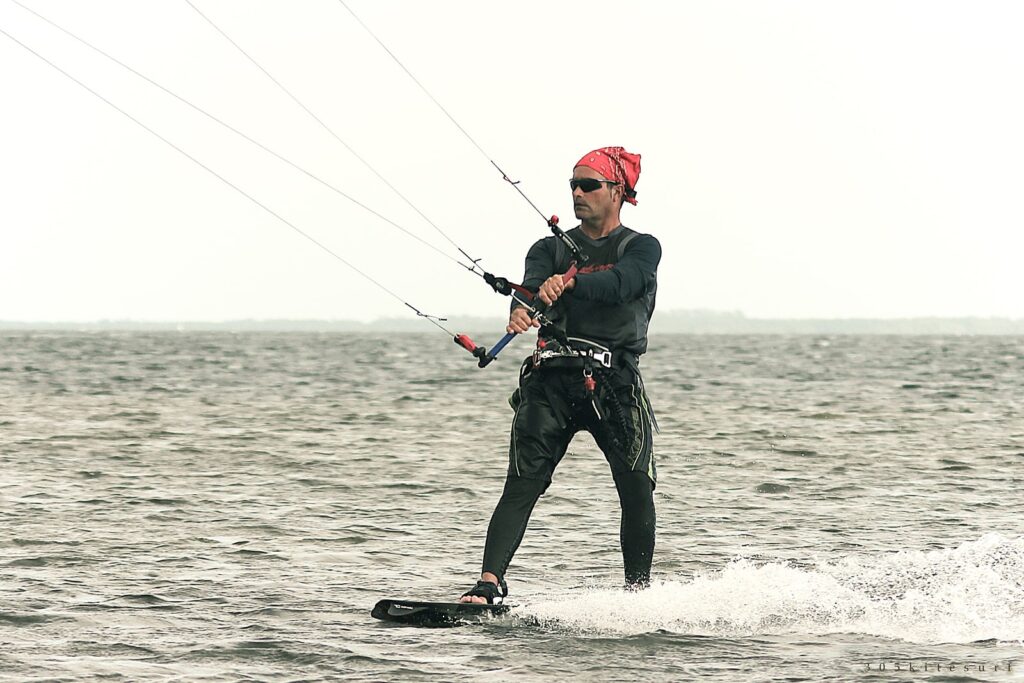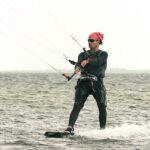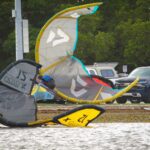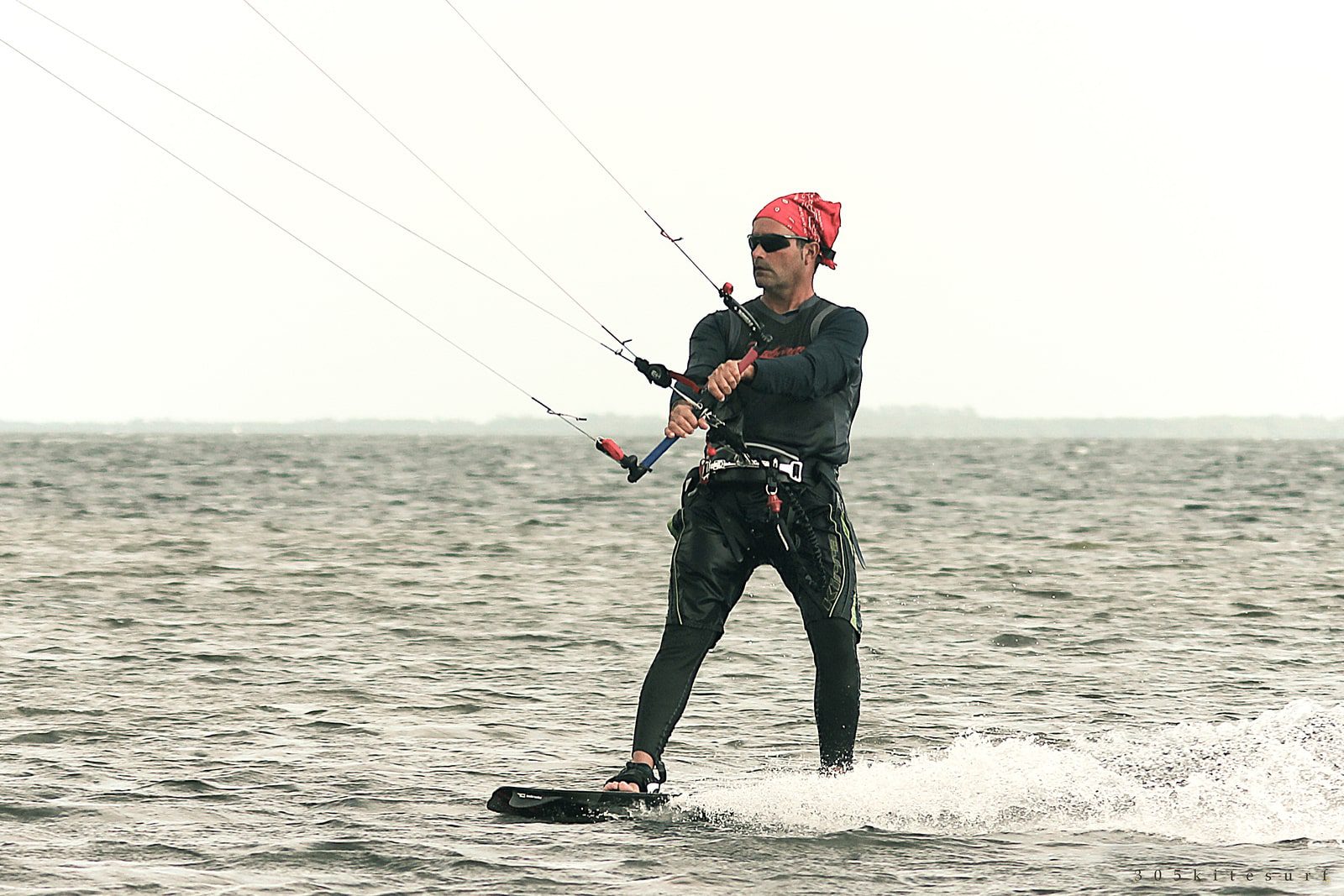
Seven Navigation Tips That All Kite Surfers Should Know.
As an adrenaline-fueled sport, kite surfing has become increasingly popular. It’s a thrilling activity that requires skill and patience, and navigation is the key to mastering it. Whether you’re a beginner or a seasoned kite surfer, knowing how to navigate the waters safely and efficiently is crucial. This article will discuss seven navigation tips that all kite surfers should know.
Table of Contents.
- Introduction.
- Tip 1: Check the wind direction and speed.
- Tip 2: Keep an eye on other surfers and obstacles.
- Tip 3: Be mindful of your kite’s position.
- Tip 4: Know the rules of the water.
- Tip 5: Use visual landmarks for navigation.
- Tip 6: Know when to bail out.
- Tip 7: Always wear a safety leash.
- Conclusion.
- FAQs.
Check the wind direction and speed.
Before hitting the water, it’s crucial to check the wind direction and speed. Kite surfing is a wind-dependent sport, and you need to be aware of the direction and strength of the wind to navigate effectively. Use a wind meter to check the wind speed and observe the wind direction by looking at the movement of flags, trees, and other visual cues.
Keep an eye on other surfers and obstacles.
Kite surfing is a social activity; you’ll likely share the water with other surfers. It’s essential to watch for other surfers and avoid collisions. Additionally, be mindful of obstacles such as rocks, jetties, and buoys that can threaten your safety.
Be mindful of your kite’s position.
Your kite’s position plays a crucial role in your navigation. It’s essential to maintain the proper kite position to ensure smooth sailing. Keep the kite at 45 degrees to the wind when sailing upwind and above your head when sailing downwind. Always keep the kite before you to prevent it from getting tangled in the lines.
Know the rules of the water.
As a kite surfer, it’s crucial to know the rules of the water. Familiarize yourself with the navigation and right-of-way rules, and always give way to other vessels such as boats and ships. Additionally, be mindful of any restricted areas or speed limits that may be in place.
Use visual landmarks for navigation.
Visual landmarks are an effective way to navigate the waters when kite surfing. Look for natural or artificial landmarks such as trees, buildings, or buoys, and use them as reference points to determine your position and direction.
Know when to bail out.
There may be times when you encounter unexpected weather conditions or equipment failure while kite surfing. It’s essential to know when to bail out and end your session. Stay alert for any changes in weather conditions, and be prepared to abort your ride if necessary.
Always wear a safety leash.
Lastly, always wear a safety leash when kite surfing. A safety leash keeps you attached to your kite and prevents it from flying away in case of equipment failure or unexpected wind gusts. Additionally, a safety leash makes it easier for rescuers to locate you in an emergency.
Conclusion.
Kite surfing is a thrilling and challenging sport that requires proper navigation skills. By following these seven navigation tips, you can improve your kite surfing experience and ensure your safety on the water.
FAQs.
What should I do if my kite gets tangled in the lines?
If your kite gets tangled in the lines, you should try to untangle it by pulling on the lines. If this doesn’t work, you may need to swim to shore and separate it from there. It’s essential to stay calm and avoid panicking to prevent further complications.
Can I kite surf in any weather condition?
No, it’s essential to check the weather conditions before kite surfing. Avoid kite surfing in extreme weather conditions, such as thunderstorms or high winds, as they can severely threaten your safety.
Do I need any specific equipment for kite surfing?
Yes, kite surfing requires specific equipment such as a kite, board, harness, lines, and safety gear such as a life jacket and a safety leash.
How long does it take to learn kite surfing?
Learning to kite surf can vary from person to person. It usually takes several lessons and practice sessions to master the basics of kite surfing. However, with dedication and practice, you can become proficient in kite surfing within a few months.
Is it necessary to take lessons before kite surfing?
Yes, taking lessons from a certified kite surfing instructor is highly recommended before attempting to kite surf alone. Kite surfing can be dangerous, and proper instruction can help you learn the necessary skills and safety measures to kite surf safely.
Author
Latest entries
 WatersportsMay 10, 2023Qatar GKA Freestyle Kite World Cup, Fuwairit Kite Beach, Qatar: 31 January – 04 February – 2023
WatersportsMay 10, 2023Qatar GKA Freestyle Kite World Cup, Fuwairit Kite Beach, Qatar: 31 January – 04 February – 2023 WatersportsMarch 30, 2023Seven Navigation Tips That All Kite Surfers Should Know.
WatersportsMarch 30, 2023Seven Navigation Tips That All Kite Surfers Should Know. WatersportsMarch 30, 2023Why Safety First is the Most Important Aspect of Kitesurfing.
WatersportsMarch 30, 2023Why Safety First is the Most Important Aspect of Kitesurfing. WatersportsMarch 30, 2023Tips to Improve Your Body Drag Skills in Kitesurfing.
WatersportsMarch 30, 2023Tips to Improve Your Body Drag Skills in Kitesurfing.
